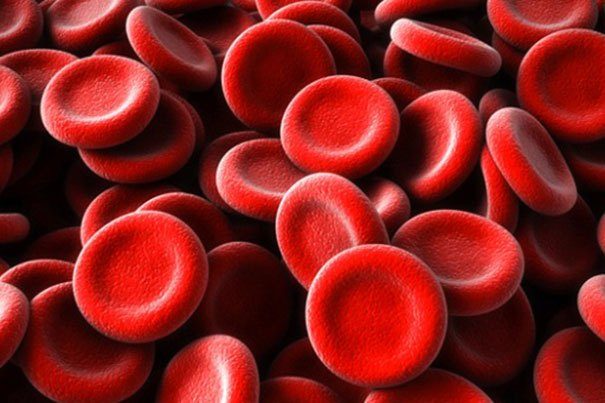Ever since the onset of the Coronavirus pandemic, there have been multiple research made to figure out the preventive measures to curtail the spread of COVID-19. And, the most significant of all is the practice to wear a mask along with social distancing. We’ve been continually advised by the WHO and the government to wear masks while stepping out, or when in close proximity with an infected person in our homes. But, the sad truth is that none of these measures could contain the community spread of COVID-19. This questions the efficacy of a mask in controlling the spread.
On the other hand, recent studies have discovered that, in a laboratory, wearing a mask led to reduction of influenza-like infection spread by 9%. So, why is it that these masks are able to contain the spread of the respiratory viruses in a lab but not outdoors in the public? There are several reasons that may contribute to it. It is a controlled environment in a lab where individuals will behave as told, wear masks all through the day, sanitize themselves, wear PPE suits, and maintain social distancing.
But, out in the public, there’s no assurance that people will wear masks the way they should be worn. Impertinent usage of masks, improper social distancing, and inadequate sanitation ultimately leads to community spread. It is hard to control the public behavior and that is what made the community spread inevitable.
Researchers believe that there are also other factors that make a mask lose its efficiency. It is said that a mask has to be replaced after 4 hours of time and a 3-layered protection is vital in controlling the spread.
A mask can typically cover a person’s nose and mouth, but not the eyes. Certain theories about covering the eyes to control the COVID-19 spread are also being studied. In fact, face shields that cover the entire face are found to be far more effective than masks.

















